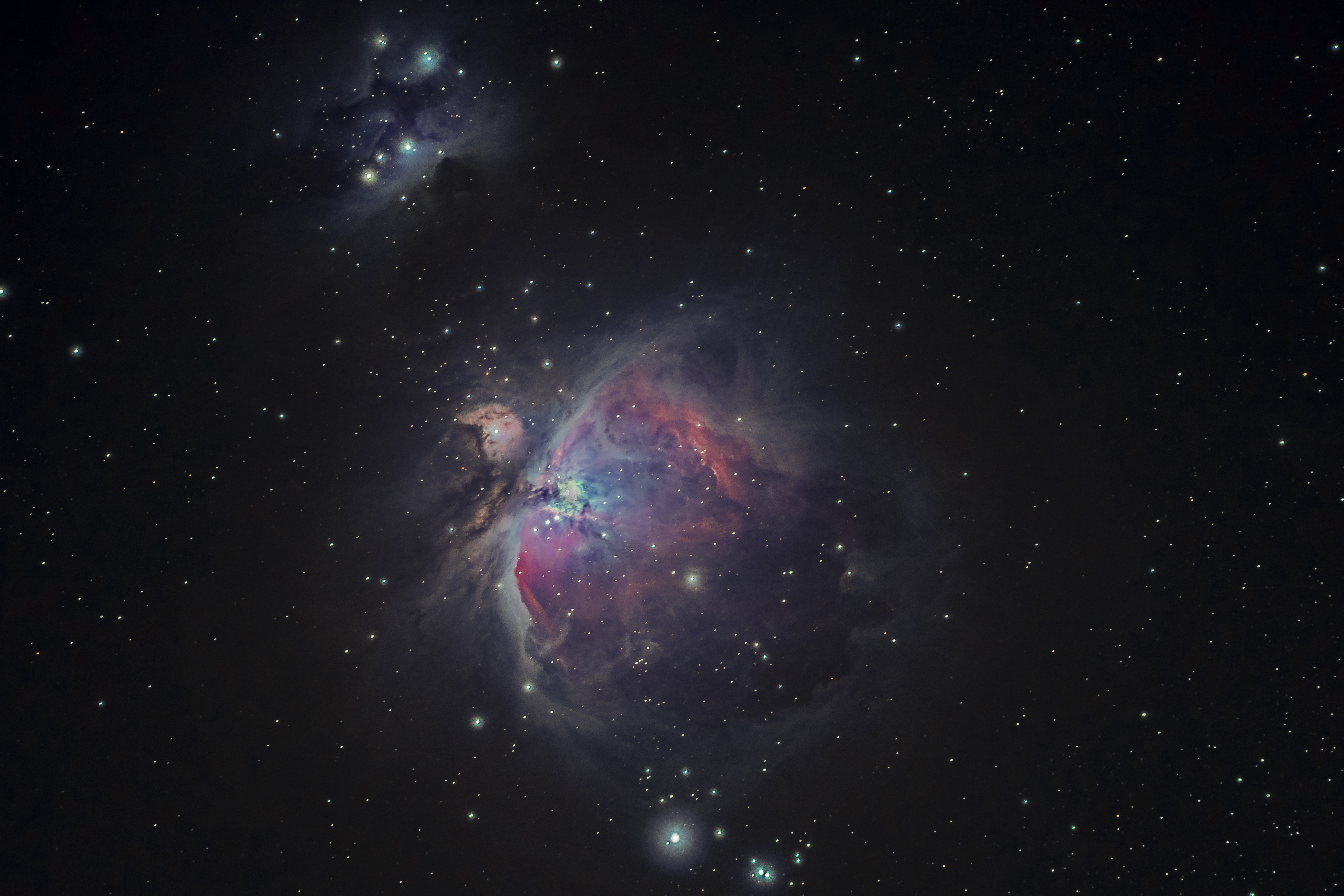
Meet the Pillars of Creation, a photograph taken by the Hubble Telescope in 1995. These apparent “pillars” of dust and gas are what we call molecular clouds. And this region of clouds in space is aptly named: it’s where stars are created.
Technically, there are two types of molecular clouds—molecular clouds and giant molecular clouds, or GMCs—but I’ll get into that in a second.
Molecular clouds are deep within the interstellar medium. In case you don’t remember the ISM from my “recent” posts (sorry about that), it’s the stuff between the stars. It’s the galaxy’s backstage. Space is in fact not a perfect vacuum—it’s full of the ISM.
So what’s going on with molecular clouds like the Pillars of Creation?
Continue reading